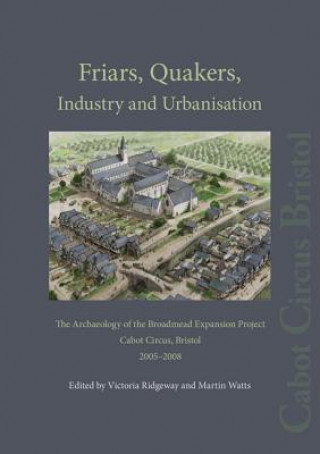
Kód: 04765133
Friars, Quakers, Industry and Urbanisation
The development of Cabot Circus shopping centre presented a rare opportunity for the archaeological investigation of a large part of the Broadmead suburb of Bristol. The former presence of a Dominican Friary and later Friends' Mee ... celý popis
- Jazyk:
 Angličtina
Angličtina - Vazba: Pevná
- Počet stran: 450
Nakladatelství: Pre-Construct Archaeology Limited, 2013
- Více informací o knize

1265 Kč
Dostupnost:
50 % šance Máme informaci, že by titul mohl být dostupný. Na základě vaší objednávky se ho pokusíme do 6 týdnů zajistit.
Máme informaci, že by titul mohl být dostupný. Na základě vaší objednávky se ho pokusíme do 6 týdnů zajistit.Prohledáme celý svět
Mohlo by se vám také líbit
-

Sexually Transmitted Diseases
1665 Kč -
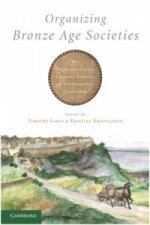
Organizing Bronze Age Societies
2137 Kč -
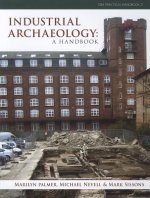
Industrial Archaeology
729 Kč -
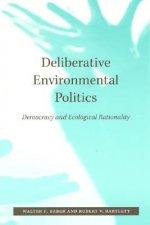
Deliberative Environmental Politics
255 Kč -

Mathematics of Classical and Quantum Physics
903 Kč -
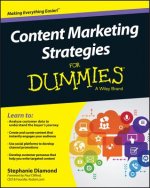
Content Marketing Strategies For Dummies
732 Kč -
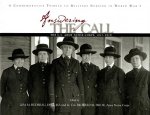
Answering the Call: The U.S. Army Nurse Corps, 1917-1919: A Commemorative Tribute to Military Nursing in World War I
1860 Kč
Darujte tuto knihu ještě dnes
- Objednejte knihu a zvolte Zaslat jako dárek.
- Obratem obdržíte darovací poukaz na knihu, který můžete ihned předat obdarovanému.
- Knihu zašleme na adresu obdarovaného, o nic se nestaráte.
Informovat o naskladnění knihy
Zadejte do formuláře e-mailovou adresu a jakmile knihu naskladníme, zašleme vám o tom zprávu. Pohlídáme vše za vás.
Více informací o knize Friars, Quakers, Industry and Urbanisation
Nákupem získáte 127 bodů
 Anotace knihy
Anotace knihy
The development of Cabot Circus shopping centre presented a rare opportunity for the archaeological investigation of a large part of the Broadmead suburb of Bristol. The former presence of a Dominican Friary and later Friends' Meeting House were already well known, and surviving buildings from both remain within a large open piazza in the west of the new development. Further elements of the friary complex, including remains of the church and two cloisters, were revealed in various archaeological interventions within the area of the former precinct, enabling a reconstruction of the precinct and its environs to be made. The project has also shed light on other aspects of the suburb's past that were previously less well known. Borehole investigations have allowed the prehistoric environment of the River Frome valley to be characterised, with episodes of small-scale tree clearance from the surrounding slopes during the later Neolithic and early Bronze Age, and the floodplain remaining as mud flats until the development of the Broadmead suburb in the 12th century and the arrival of the Dominicans in the 13th century. River access and the presence of flowing water were important assets for the industrial medieval and later suburb, which was home to tanning, leatherworking, ironworking and cloth industries. The Dissolution saw the demolition of parts of the friary, and by the later 17th century the surviving claustral buildings were occupied by trade guilds and the Quakers had built their first Meeting House. The 18th and 19th centuries were times of enormous expansion for Bristol, when large-scale development occurred, expanding the suburb to the north and east of the former friary. These new developments included industrial premises, saw mills, cabinet works and malthouses, alongside terraces and courts of domestic dwellings. The recovery of a significant assemblage of tobacco pipe bowls and kiln wasters has enabled the development of new typology for Bristol, which should prove invaluable in dating future assemblages recovered from the city.
 Parametry knihy
Parametry knihy
Zařazení knihy Knihy v angličtině Humanities Archaeology Archaeology by period / region
1265 Kč
- Plný název: Friars, Quakers, Industry and Urbanisation
- Podnázev: The Archaeology of the Broadmead Expansion Project, Cabot Circus, Bristol, 2005-2008
- Jazyk:
 Angličtina
Angličtina - Vazba: Pevná
- Počet stran: 450
- EAN: 9780956305480
- ISBN: 0956305482
- ID: 04765133
- Nakladatelství: Pre-Construct Archaeology Limited
- Hmotnost: 2354 g
- Rozměry: 219 × 304 × 37 mm
- Datum vydání: 31. July 2013
Oblíbené z jiného soudku
-
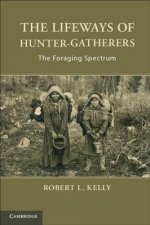
Lifeways of Hunter-Gatherers
854 Kč -

Lost Technologies of Ancient Egypt
518 Kč -
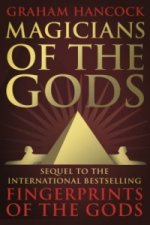
Magicians of the Gods
389 Kč -
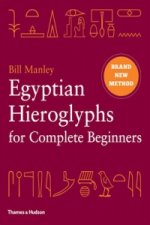
Egyptian Hieroglyphs for Complete Beginners
356 Kč -
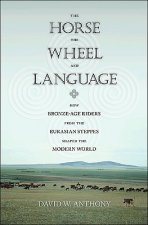
Horse, the Wheel, and Language
776 Kč -

War before Civilization
587 Kč -
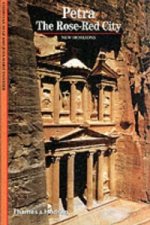
Petra
222 Kč -
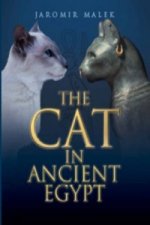
Cat in Ancient Egypt
303 Kč -
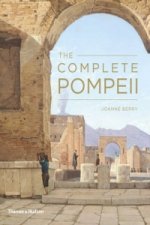
Complete Pompeii
543 Kč -
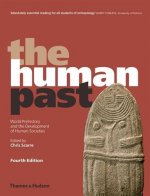
Human Past
1657 Kč -
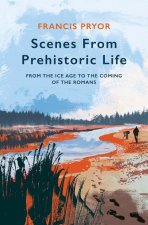
Scenes from Prehistoric Life
677 Kč -

Across Atlantic Ice
1076 Kč -
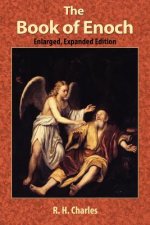
Book of Enoch
817 Kč -
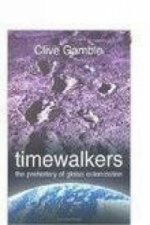
Timewalkers
507 Kč -
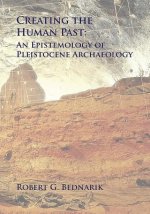
Creating the Human Past
1078 Kč -
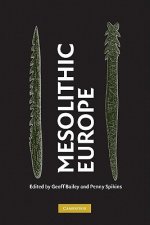
Mesolithic Europe
3414 Kč -
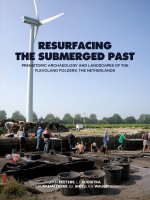
Resurfacing the Submerged Past
1840 Kč -
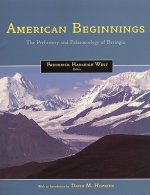
American Beginnings
2119 Kč -
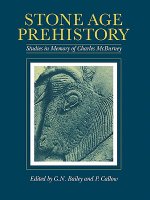
Stone Age Prehistory
806 Kč -

Lindow Man
443 Kč -
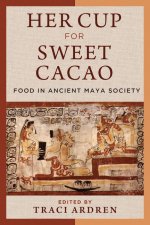
Her Cup for Sweet Cacao
1653 Kč -
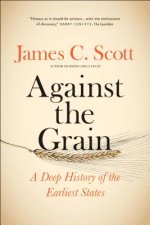
Against the Grain
476 Kč -
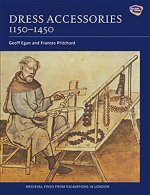
Dress Accessories, c. 1150- c. 1450
898 Kč -
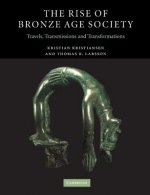
Rise of Bronze Age Society
2003 Kč -
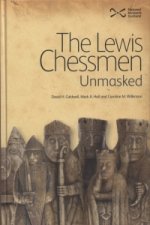
Lewis Chessmen: Unmasked
247 Kč -
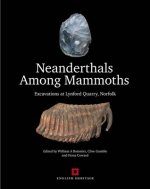
Neanderthals Among Mammoths
4988 Kč -

Biblical Archaeology: A Very Short Introduction
249 Kč -
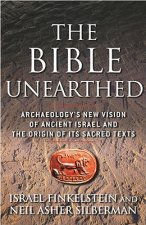
Bible Unearthed
422 Kč -

Seismosaurus
2755 Kč -
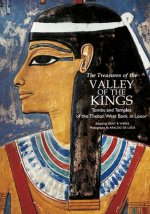
Treasures of the Valley of the Kings
725 Kč -

Divine Creatures
656 Kč -
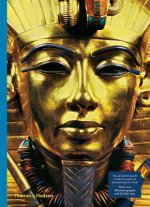
Tutankhamun
810 Kč -
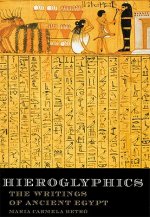
Hieroglyphics
738 Kč -
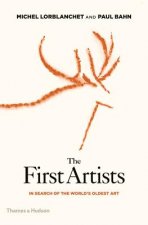
First Artists
542 Kč -
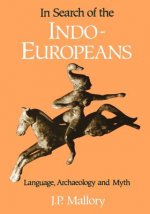
In Search of the Indo-Europeans
851 Kč -
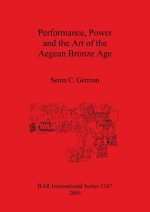
Performance Power and the Art of the Aegean Bronze Age
1451 Kč -
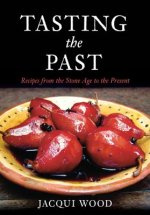
Tasting the Past
673 Kč -
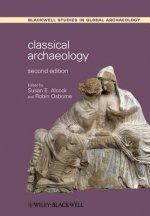
Classical Archaeology 2e
1075 Kč -

Upper Pleistocene Prehistory of Western Eurasia
2193 Kč -
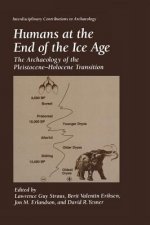
Humans at the End of the Ice Age
5060 Kč -

Medieval European Coinage: Volume 14, South Italy, Sicily, Sardinia
2437 Kč -
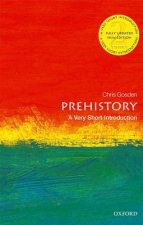
Prehistory: A Very Short Introduction
273 Kč -
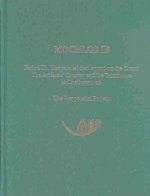
Mochlos IB
3150 Kč -
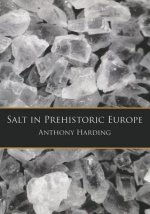
Salt in Prehistoric Europe
929 Kč -
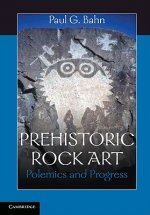
Prehistoric Rock Art
836 Kč -
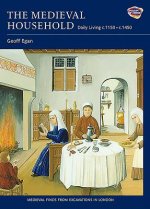
Medieval Household
1423 Kč -
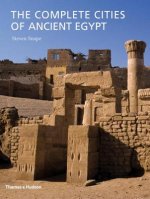
Complete Cities of Ancient Egypt
763 Kč -
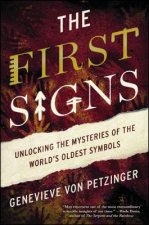
First Signs
329 Kč -
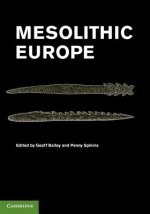
Mesolithic Europe
1783 Kč
Osobní odběr Praha, Brno a 12903 dalších
Copyright ©2008-24 nejlevnejsi-knihy.cz Všechna práva vyhrazenaSoukromíCookies


 Vrácení do měsíce
Vrácení do měsíce 571 999 099 (8-15.30h)
571 999 099 (8-15.30h)